In 1845, the Colleges of Ireland Act was passed, which provided public funding of not more than £100,000 to establish one or more colleges in Ireland. It was decided initially to establish Queens’ (After Queen Victoria) colleges at Belfast, Limerick and Cork. A later decision was taken to set up a college at Galway. Hence began the search by the Commissioners of Public Works or the Board of Works to purchase a site and contract the construction of the College buildings.
Private architects were chosen. Sir Thomas Deane was the most obvious choice for a major government commission. He was the most experienced and already had a good work record with the Board of Works. Even though Sir Thomas Deane was the chosen architect, he did not work without assistance. In the very early stages of design, his brother, Kearns Deane is argued as playing a minor part in design. He became very sick though especially through the famine years and died in 1847. Apart from Kearns, in the early stages also, another name appears in the letter books of the Board of Works, that of Benjamin Woodward.
In the beginning, a problem arose with choosing a site. Nine sites were considered but the problem of finding flat ground was a major issue. The requirements for what kind of accommodation and facilities the college should possess were laid down from the start.
All three college architects, Deane in Cork, Lanyon in Belfast and Keane in Galway adopted the perpendicular Gothic style. Even though no stylistic directive was in place. Deane chose a Quadrangle design with one side not enclosed. It is argued that Deane sought inspiration from designs in Oxford Colleges especially the designs of those of Henry Hill who was originally from Cork. The tower and cloister design of Magdalen, Oxford College is very similar the Deane’s design. It is argued that the design of Cork’s Aula Maxima or great hall may have been inspired from a then just opened new hall and library at Lincoln’s Inn. The windows are argued as based on Francis Johnston’s chapel Royal at Dublin Castle.
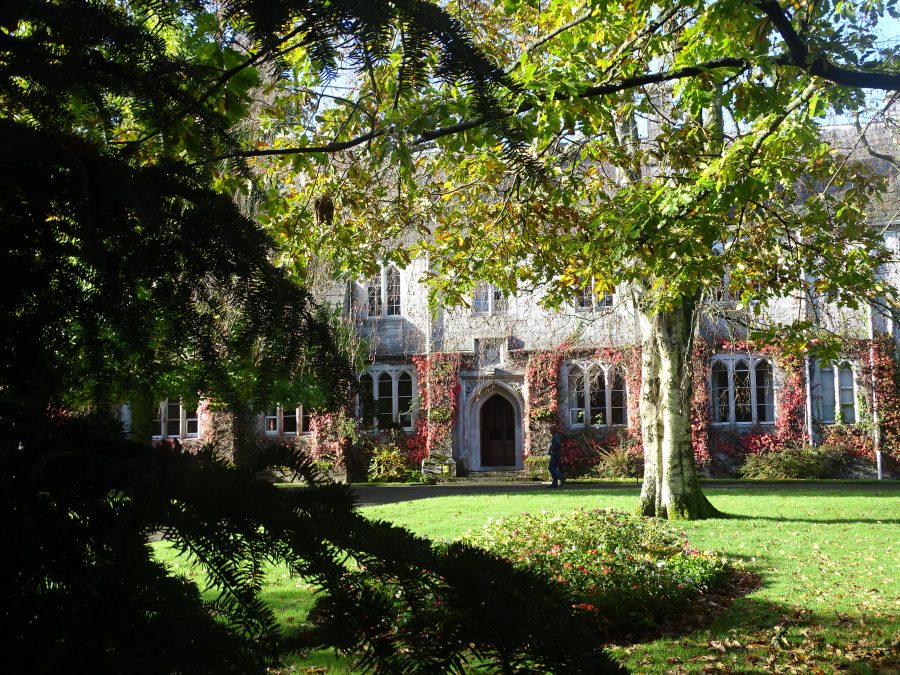
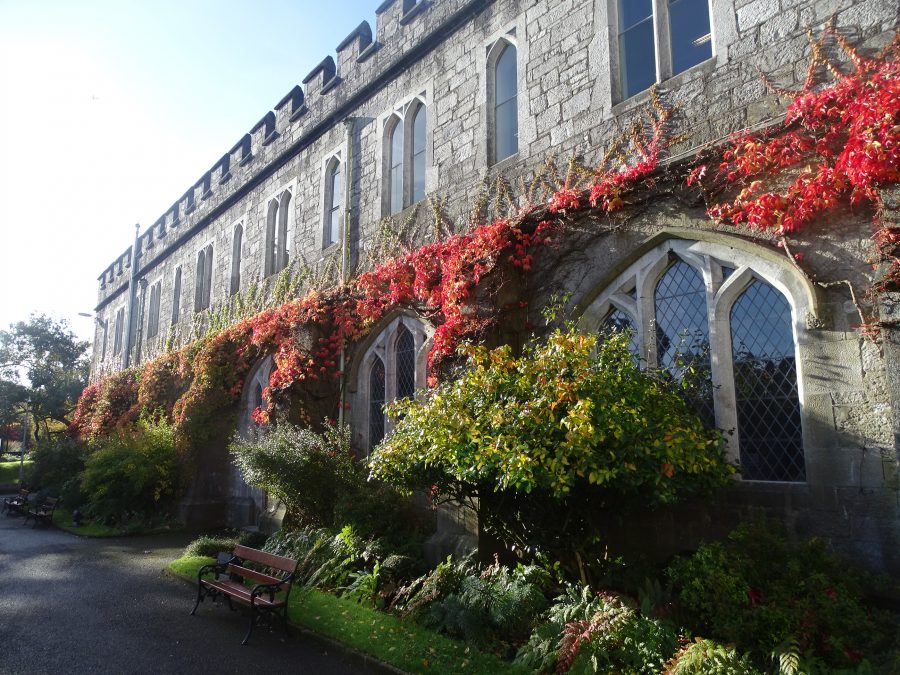
Grounds of University College Cork, Autumn, 2020 (Picture: Kieran McCarthy)
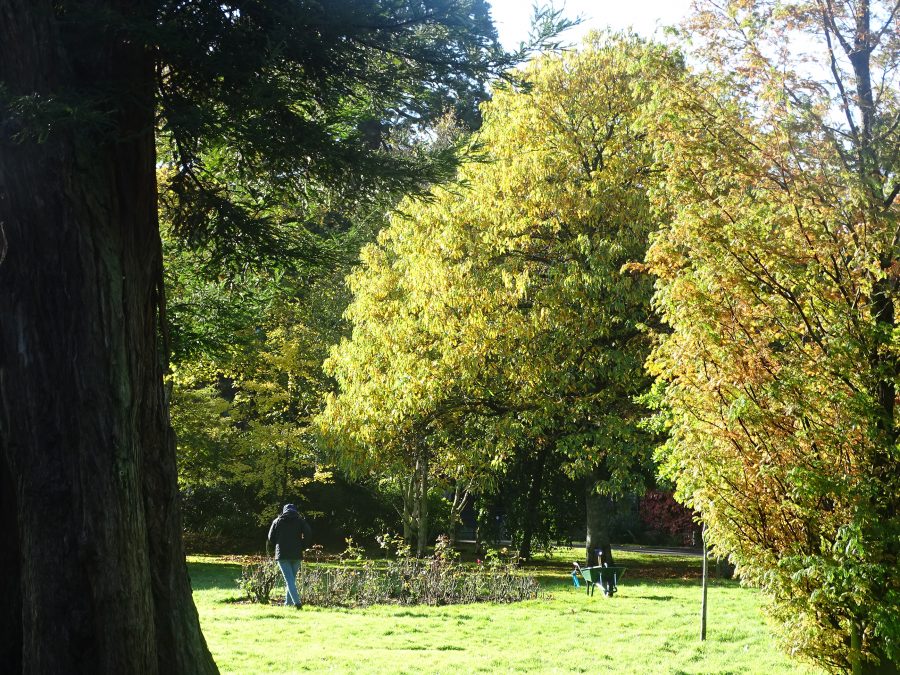
Grounds of University College Cork, Autumn, 2020 (Picture: Kieran McCarthy)
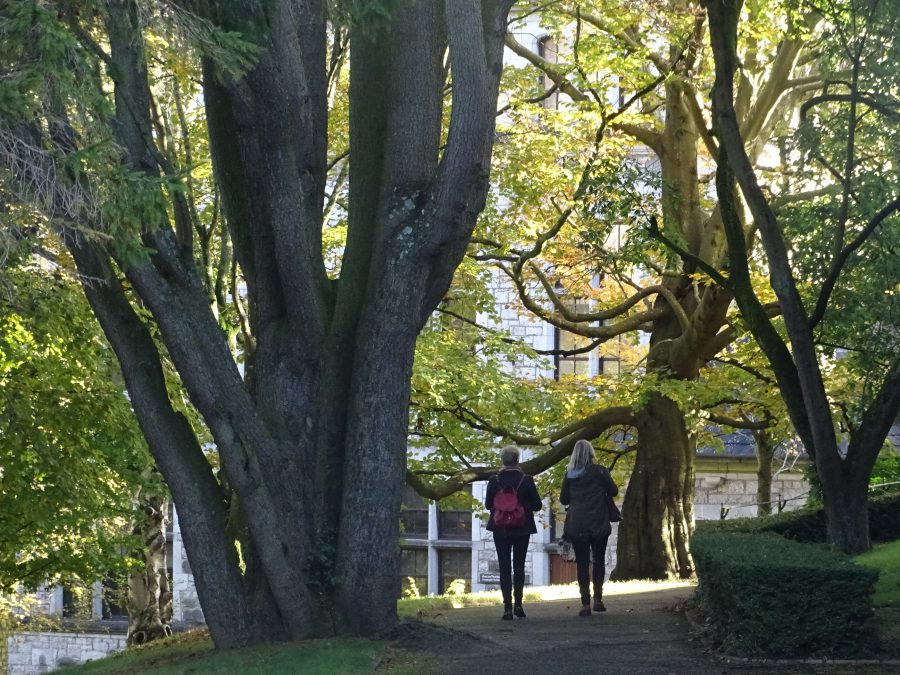
Grounds of University College Cork, Autumn, 2020 (Picture: Kieran McCarthy)
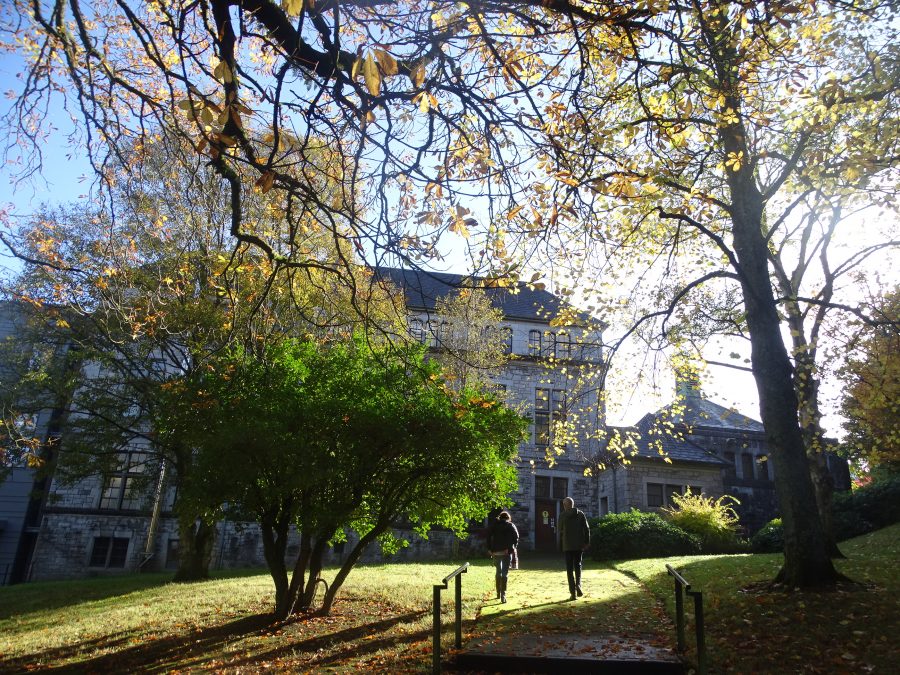
Grounds of University College Cork, Autumn, 2020 (Picture: Kieran McCarthy)
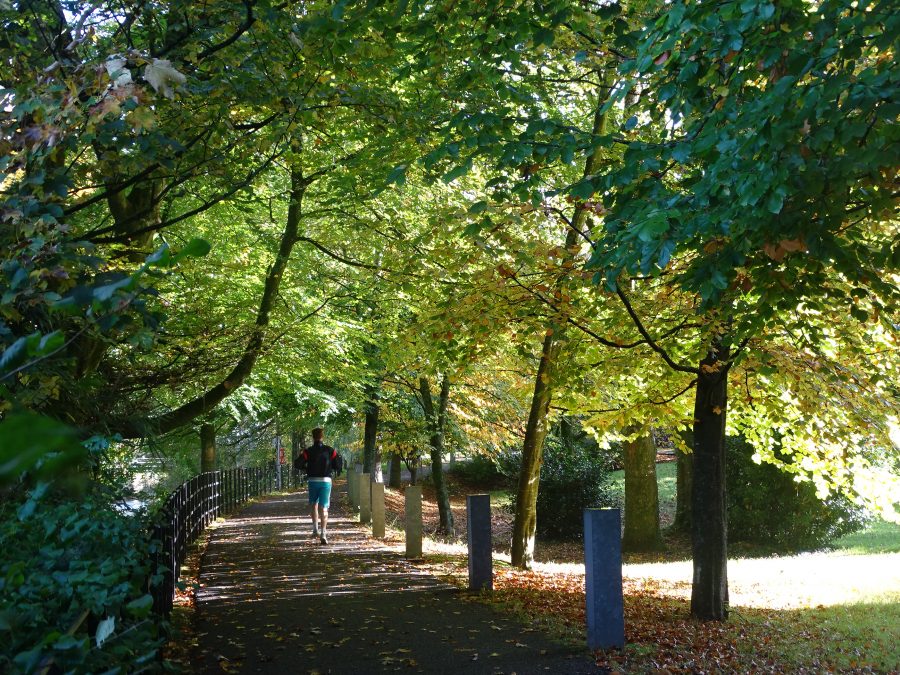
Grounds of University College Cork, Autumn, 2020 (Picture: Kieran McCarthy)

Grounds of University College Cork, Autumn, 2020 (Picture: Kieran McCarthy)
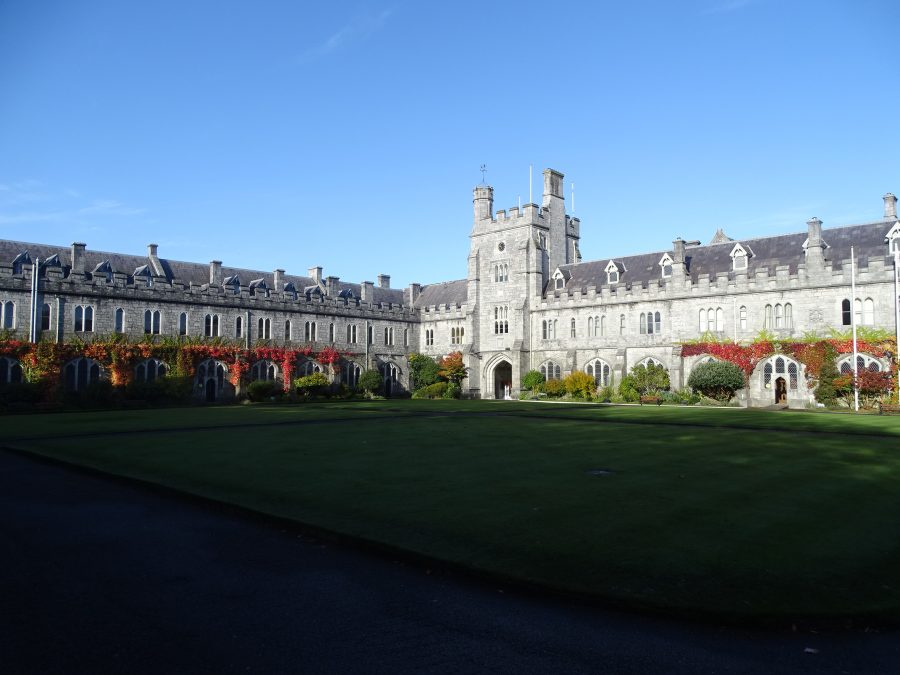
Grounds of University College Cork, Autumn, 2020 (Picture: Kieran McCarthy)
